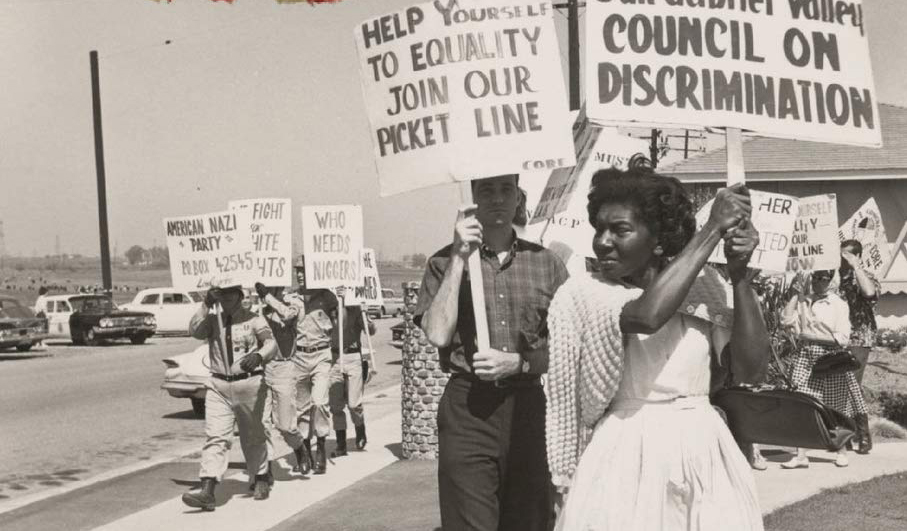
In class we brushed over the ratification of the 19th amendment, which can be argued to be one of the most equalizing amendments to the constitution, seeing women were granted the right to vote and they make up roughly half our population. The suffrage granted to women in 1920 set a precedent for the entire feminist movement, which stills holds a great amount of relevance in this world due to the soaring rates of domestic violence, harassment, infringements on reproductive rights, and many more injustices that fall underneath this veritably pink umbrella. The road to that suffrage, and the subsequent movements that have ensued, were achieved through a long journey riddled with racial exclusion and anti-humanitarian idealism.

Like the events following the 15th amendment that stood to stifle its progress, women across America experienced the same obstacles, and particularly those of color. Not unlike the African American men in the south, barriers such as poll tax, literacy tests, and other acts of exclusion barred women from representing themselves in our democracy. These instances of subjugation were not exclusive to the American south, women from Puerto Rico, which was and still is a territory, were not allowed suffrage because the 19th amendment did not extend into the territory. Literate Puerto Rican women were later enfranchised in 1929, preceding the enfranchisement of all citizenized Puerto Rican women in 1935. Historical data suggests that while many women were supportive of the Women’s Rights Movement, many more lied consistently with intolerant attitudes of racism in the country at the time. For the colored supporters of this movement, their encouragement was admirable, yet in instances declined by the middle-class white women who spearheaded the crusade.

The struggle for equal rights is an ongoing battle, one that shows no signs of concluding even today. Women, among many other groups, combat discrimination within a conservative society that progressed as quickly as it ever has, with little urgency. The Women’s Rights Movement was tethered to many prejudices, it was a historical account of perseverance in the face of adversity, but most importantly, it was, and is, a shining narrative of the will of people to gain a voice among the wrongly disenfranchised.
Article:
https://www.nytimes.com/2019/08/15/arts/design/womens-suffrage-movement.html
 The set-up of the original typewriter streamlined the writing process, allowing for quicker production times. The “QWERTY” organization of keys on a keyboard is a prime example of the typewriter’s relevance to this day. Although the typewriter is far too inefficient to function above the modern standard of speed and accuracy, it can be said to be a huge leap forward as an innovation applicable to media, literature, communication as a whole, and a variety of other disciplines.
The set-up of the original typewriter streamlined the writing process, allowing for quicker production times. The “QWERTY” organization of keys on a keyboard is a prime example of the typewriter’s relevance to this day. Although the typewriter is far too inefficient to function above the modern standard of speed and accuracy, it can be said to be a huge leap forward as an innovation applicable to media, literature, communication as a whole, and a variety of other disciplines.




